
On-Demand
Best of the Best 2023
$687
Earn 39 CME Credit Hours (Rx=13.5) on your time with this engaging new package of 2023 courses! Learn about practical ECG interpretation, best practices in skin cancer, orthopedics, contraception updates, diabetes and more. Features 6 tracks, 6 presenters, and our new enhanced viewing platform.
Course Overview For Best Of Package
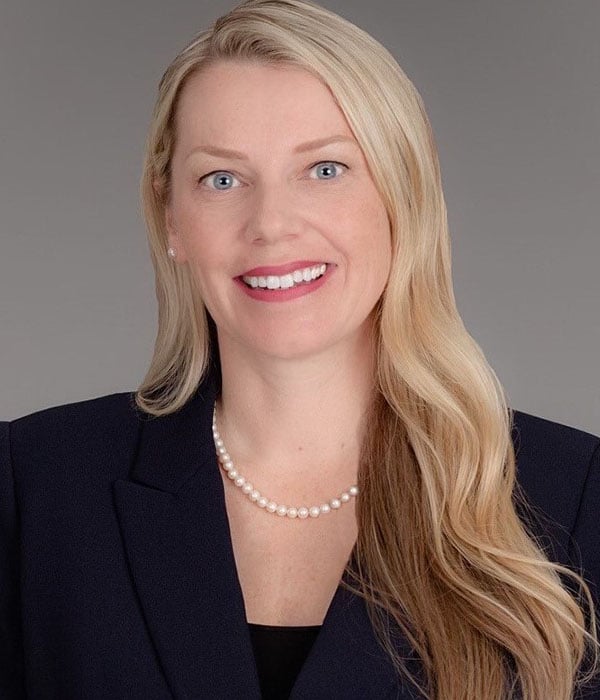
CME Courses by Jennifer Ballard-Hernandez, DNP, FACC, FAHA, FAANP
Practical ECG Interpretation (Part 1)
This course provides healthcare professionals with the tools to perform basic electrocardiogram (ECG) interpretation. Participants will learn normal cardiac anatomy and physiology and normal electrical conduction through the heart. Using a systematic approach to ECG interpretation, participants will identify and relate waveforms to the cardiac cycle, understand the different lead placements and purpose of each placement, and identify normal and abnormal components on ECG.
Practical ECG Interpretation (Part 2)
This course provides healthcare professionals with the tools to perform basic electrocardiogram (ECG) interpretation. Participants will learn normal cardiac anatomy and physiology and normal electrical conduction through the heart. Using a systematic approach to ECG interpretation, participants will identify and relate waveforms to the cardiac cycle, understand the different lead placements and purpose of each placement, and identify normal and abnormal components on ECG.
Cardiovascular Disease Prevention: An Ounce of Prevention is Worth a Pound of Cure
This course will cover state-of-the-art management of patients with cardiovascular risk factors, focusing on prevention. Using interactive case-based tutorials, participants will review current evidence-based guideline recommendations for obesity, hypertension, hyperlipidemia. The presentation will highlight risk assessment tools, strategies and treatment paradigms to positively impact patient outcomes.
Don’t Skip a Beat: Managing Atrial Fibrillation Like a Pro (Rx=1.0)
Atrial fibrillation is a common cardiac condition that is associated with significant morbidity and mortality. Healthcare professionals need to be knowledgeable of current treatment options to prevent cardiovascular sequela associated with AF. During this presentation, participants will develop a systematic approach in assessing stroke risk associated with AF and review the current treatment management strategies. The presentation will summarize pharmacologic strategies for rate control, rhythm control, and stroke prophylaxis.
Managing Heart Failure: Turning Failure into Success (Rx=1.25)
Heart failure is a significant cause of cardiovascular morbidity and mortality in the United States. Healthcare professionals need to be knowledgeable of current treatment options to prevent cardiovascular sequela associated with heart failure. Using interactive case-based tutorials, participants will review the current American College of Cardiology/American Heart Association guideline on the management of heart failure, emphasizing practical approaches and clinical pearls to translate scientific evidence into everyday practice to improve patient outcomes. Emphasis will be on treatment goals based on recent evidence and the importance guideline-directed medical therapy to improve morbidity, mortality, and quality of life.

CME Courses by Victor Czerkasij, MA, MSN, FNP-BC, DNP
“We’re Number One!” Skin Cancer: Best Practices in Diagnosing and Treatment (Rx=0.25)
More people are diagnosed with skin cancer each year than all other cancers combined, with 20% of all Americans experiencing skin cancer by age 70 and nearly three deaths an hour. While highly curable in the early stages, the death rate of non-melanoma skin cancers continues to climb. In addition, the diagnosis and treatment increased by 77% between 1994 and 2014 and almost an epidemic in 2021. Consequently, all providers across every specialty must be especially tuned to understanding the basic facts of this expensive and disfiguring healthcare crisis. The presentation will identify and prevent the most common skin cancers, where they are most likely to be located, and procedures one must gain to address once suspicion is aroused.
“Take Me Out to the Emergency Room.” Sports Dermatology (Rx=0.25)
On any given day, 20% of Americans aged 15 years or older participate in some exercise and sport. Invariably, superficial injuries, contusions, infections, and open skin wounds make up most sports- and recreation-related injuries presenting to a PCP. Jogger’s nipples, dermatitis from rosin, friction blisters, sunburns, turf toe, fungal and bacterial infections, green hair from chlorine, and even sea bather’s eruptions are among the many topics that will be covered in this fast-paced, well-illustrated lecture providing tips on diagnosis and straightforward treatment paradigms.
“FUNdamentals of the Oldest Specialty”: A Dermatology Primer: Learning to Assess, Diagnose and Make Sense of Common Conditions and Lesions
The study of dermatology is often considered one of the most difficult specialties. As the largest body organ, it suffers nearly 3,000 diseases, and disorders – more than any other medical arena –, and providers tend to shy away from a thorough study. Together, we will build a framework to increase confidence in identifying and treating the bulk of the most common conditions and lesions of our clients, provide basic insight instruction in the work of dermatology, with important insight for expanding our knowledge base.
“Do It for the Children”: Pediatric Dermatology (Rx=0.25)
Treating children and teens present with many challenges: dosing is often confused with adults; few clinical trials in children; off-label use is prevalent; hepatic and renal clearances vary; the adverse effects panel is much broader, and generally, the younger the child, the less communicative or cooperative. So, what to do with the strange moles, new warts, obvious hair loss, chipped nails, dry skin, blistering acne, flaky scalp, sweating palms, and armpit cysts? Join us to explore this overview of common and frustrating conditions made simple and straightforward.
“When Candles Cost More Than Cake”: Dermatology in the Older Adult Population (Rx=0.25)
Americans 65 and older are the fastest-growing age demographic and poised to become the largest segment of American society in only a few years. This group presents with very specific needs and care, particularly with issues of skin, which must maintain its’ health and vitality through these important years. Drug eruptions, atopy, psoriasis, stasis dermatitis, intertrigo, rosacea, xerosis, maddening pruritus, and stubborn seborrheic dermatitis are only a few of the challenges. Our presentation will discuss prevention strategies, highlight risk factors and deliver solid, proven evidence-based interventions.
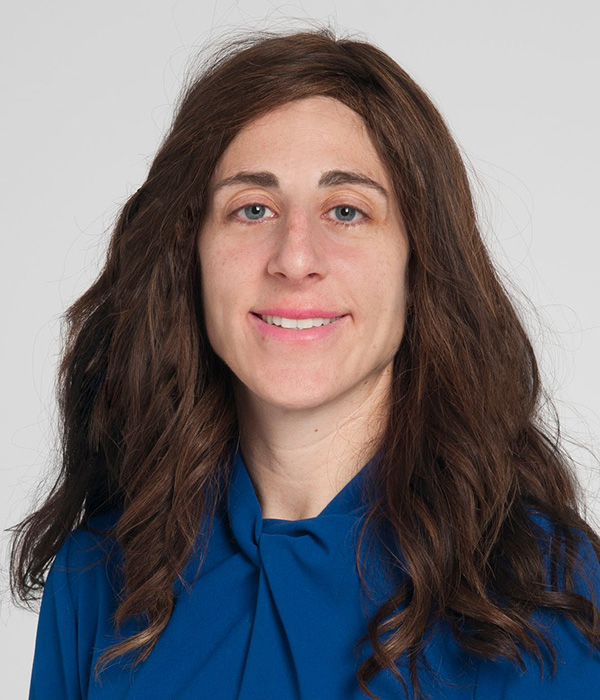
CME Courses by Diana Isaacs, PharmD, BCPS, BCACP, CDCES, BC-ADM, FADCES, FCCP
Current State of Diabetes & Standards of Care
This session will include the prevalence and incidence of diabetes, distinguish between the different types of diabetes, how they are diagnosed, and the treatment goals.
Pharmacologic Treatment for Type 2 Diabetes (Rx=0.75)
In this presentation, we will discuss the treatment algorithms from the American Diabetes Association and the Association of Clinical Endocrinology and introduce the various pharmacologic options.
The Ins & Outs of Insulin Therapy (Rx=0.75)
This session will include differences between types of insulin, how to calculate doses, how to make adjustments, and how to use insulin in conjunction with oral and non-insulin injectable medications.
Reducing Cardiovascular Risk (Rx=0.75)
This session will focus on the foundational pillars of reducing risks for people with diabetes including managing lipids and blood pressure, and a deep dive into the data that supports use of GLP1 agonists and SGLT2 inhibitors to reduce cardiovascular risk.
Diabetes Technology & Beyond (Rx=0.50)
This presentation will explore the different types of diabetes technology including continuous glucose monitors, connected insulin pens, insulin pumps and mobile apps to support people with diabetes.
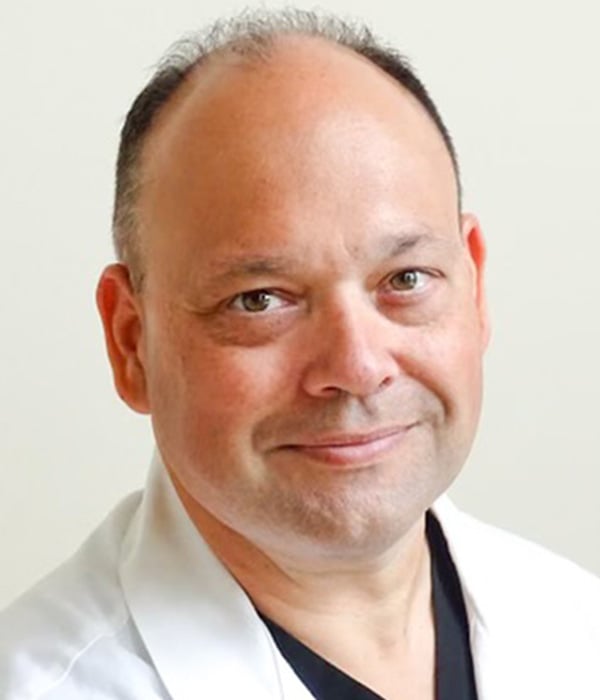
CME Courses by Christopher Hemmer, DNP, ANP-BC, ONP-C, FAANP
I Am Not Spineless
This session will focus on an all-too-common problem, low back pain. A short introduction to the anatomy will take us into the commonly seen complaints in urgent care and PCP offices. Next, we will review and understand red flags and pathologic reflexes that would alert the clinician for a prompt referral. A brief review of the treatment options will also be discussed. Video clips, X-ray, MRI, and CT imaging will be used to help demonstrate pathology. This presentation will help remove some of the fear and uncertainty of low back pain.
The Pain in My Neck Is Not From the In-Laws
This session will focus on non-traumatic neck pain and cervical radiculopathy. The participants will learn various exam techniques through video and a strong understanding of the neurologic anatomy associated with neck complaints. Specialized testing for cervical myelopathy will be addressed as well as a physical exam for the non-trauma neck pain patient. A brief review of the treatment modalities and radiographic findings will also be demonstrated. This presentation will assist the clinician in understanding urgent from routine pathology.
I Think I Broke My Rotary Cup!
This session will address a widespread problem for many generations of patients, shoulder pain. Contrary to many patients’ beliefs, there are numerous pathologies that can affect the shoulder besides rotator cuff injuries. This presentation will assist the clinician in understanding common presentations for shoulder pain with a strong emphasis on physical exam techniques. The exam techniques will better allow the provider to understand the pathology of the complex shoulder joint. Numerous videos will be used in this presentation to teach many of the commonly used specialized shoulder examination tests and what they may imply.
CXR for the PCP…Do You See What I See?
Chest X-ray (CXR) is the most ordered radiologic diagnostic, yet it can be one of the most complex to understand. CXR combines organs, bones, soft tissue and comprises innumerable pathology of the cardiac, pulmonary, and gastric systems, to name a few. This presentation will break down CXR interpretation by first reviewing what is expected. Then, multiple diagramed studies will be used, and typical findings related to asthma, COPD, cardiomegaly, infiltrates, Covid, CHF, & pneumothorax. Finally, case studies will be used to enhance the learning process.
At Least It Is Only Fractured & Not Broken
This session will be a “smorgasbord” of radiologic case studies. Numerous cases from a local emergency department will be reviewed, covering the common and not-so-common osseous diagnosis and treatment options. Topics will also include commonly diagnosed fractures, dislocations, and soft tissue abnormalities diagnosed with plain radiographs. This will be a fun participant interaction presentation.
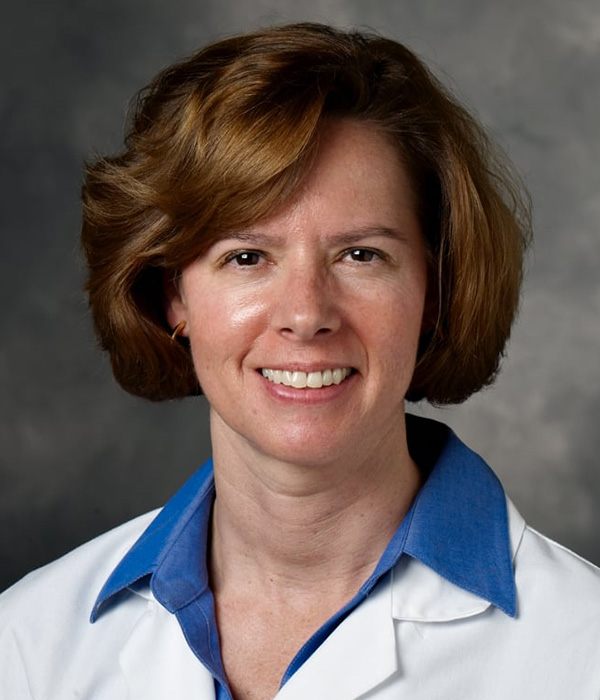
CME Courses by Theresa Mallick-Searle, MS, PMGT-BC, ANP-BC
Demystifying Pain Assessment: What Every Clinician Needs to Know (Rx=1.00)
At least 116 million U.S. adults, more than the number affected by heart disease, diabetes, and cancer combined, suffer from chronic pain. Across the life span, pain is one of the most frequent reasons for healthcare visits, among the most common reasons for taking medications, and a major cause of work disability.
Effective management of pain requires an understanding of the underlying mechanisms responsible for its generation. Additionally, effective clinical interviewing and pain assessment is critical to the appropriate diagnosis and management of pain. In this presentation, a general overview of pain mechanisms will be discussed. The clinician will learn how to apply principles of effective communication and ascertain how to evaluate available assessment tools to form a framework for a comprehensive patient-centered approach to formulation and treatment planning.
Rational Polypharmacy for Pain Management: The Non-opioid Version (Rx=1.00)
With the opioid crisis continuing to rage, the number of opioid-related deaths continuing to rise, insurance companies refusing to pay for quantities of opioids, pharmacists refusing to dispense quantities of opioids, peer-to-peer watchdogging, what is a clinician to do about helping manage their patient’s pain? This lecture will focus on using rational polypharmacy effective for the management of pain.
We will explore clinical indications, contraindications & dosing for common non-opioid analgesics, such as the use of anticonvulsants, antidepressants, and over-the-counter analgesics.
You will learn where analgesics act in the pain pathway and how the use of medications synergistically may make sense to use together.
Safe Opioid Prescribing: How, When & When Not to Prescribe (Rx=1.50)
In response to the public health crisis of opioid abuse and overdose, the U.S. Food & Drug Administration issued a Risk Evaluation and Mitigation Strategy (REMS) recommendation for all opioids. The REMS is part of a larger federal effort to reduce risks associated with prescribing long-term opioid therapy. This national response has recognized that improved knowledge of opioid safety is an essential clinical practice competency for all prescribers of opioids.
This lecture will discuss pain from a contextual perspective, patient selection, and assessment of risk associated with opioid use for long-term management of chronic pain. The CDC guideline for prescribing opioids for chronic pain and the use of opioids for short-term acute pain will also be discussed. A brief discussion on the consideration for and initiation of medication-assisted therapy (MAT). Prescribing opioids safely ultimately depends on the trust between the prescriber and patient. Training can improve trust by improving communication and collaborative skills.
Casting a Wider Net, the Use of Non-pharmacological & Complementary Treatments
Pain affects physical and mental functioning, quality of life, and productivity. Yet, in recent years, the over-reliance on pharmacotherapies alone has been seen as a highly ineffective way of managing chronic pain. As a result, the HHS Pain Management Best Practices Inter-Agency Task Force in 2019 released a report for best practice in managing chronic and acute pain, highlighting the use of a multimodal treatment strategy for improved outcomes.
Clinicians need the education, resources, and tools to engage and effectively manage their patients with chronic pain. In this up-to-date review, we will discuss the most practical, evidenced-based, possibly overlooked non-pharmacological modalities that clinicians can use as stand-alone therapies or in a combined multimodal treatment approach for the best possible outcomes in managing patients with chronic pain conditions.
The Chronic Pain Trifecta: Common Pain Diagnoses in Primary Care (Rx=1.50)
In this session, we will cover the assessment and management of three of the most common chronic pain diagnoses in primary care – migraine, low back pain, fibromyalgia – highlighting what was learned in the earlier lectures regarding evidenced-based pharmacological and non-pharmacological approaches. Assessment and treatment of migraine have advanced in recent years. No longer should patients’ have to wait for a referral to a “headache specialist” for management. Instead, we will simplify the diagnosis, rule out a secondary/pathological headache, and introduce the newest treatments available.
The diagnosis of fibromyalgia was once seen as a diagnosis of exclusion, possibly psychosomatic in origin. However, new research provides evidence that fibromyalgia is a central pain disorder. With new evidence to a more accurate diagnosis, new treatment paradigms are being explored.
Low-back pain is the number one reason patients present to their primary care provider’s office. At some time in their lives, every patient will suffer from LBP (either acutely or chronically). When it comes to effective treatment of LBP, it’s all about making the correct diagnosis.
By the end of this 90-minute lecture, you will gain the skills to assess migraine like a Neurologist, manage fibromyalgia like a Rheumatologist and treat low back pain like a Physiatrist!
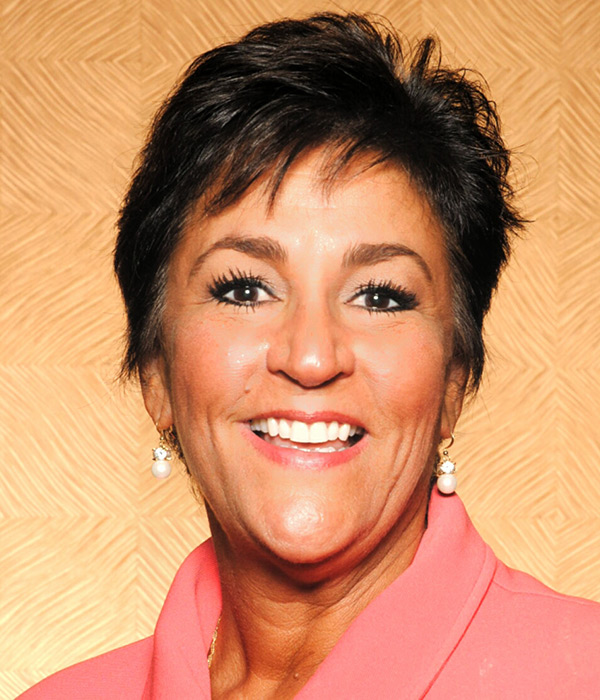
CME Courses by Shelagh Larson DNP, APRN, WHNP-BC, NCMP
The Gyn Visit: Bleeding, Cyst, and Fibroids (Rx=0.25)
In this session, we will start getting those dreaded Gyn visits out of the way. We will go in-depth into why there is heavy or no bleeding and how to test and treat it. Next, we will tackle the cyst issue that haunts every ObGyn. You will be able to understand what and why, and how to treat. Next, the fibroid fiasco will be broken down. You will be able to discuss these concerns like a champ. We will also have time to discuss some vulvar issues.
Contraceptive Update: What’s New, Out and In the Pipeline (Rx=0.50)
Contraceptive choices have widened. In the second session, we will examine not only what’s new for women, but male contraceptives will be introduced. You will understand why you would lick one over another, and I’ll even provide a “cheat sheet” for when you get home.
STI Update: CDC 2021 STI Treatment Guidelines (Rx=0.75)
Just when you memorized the old STD treatments, CDC came along and changed the name and treatment regimen. We will discuss why the name changed from STD to STI, additional STI screenings, and the modifications in treatments. We will also discuss your role in the treatment of sexual partners.
Menopause Matrix: Rising from the Hot Flash Ashes (Rx=0.50)
STIs are not the only treatment modality to get a facelift. The North American Menopause Society (NAMS) updated menopause guidelines in 2022. A point of clarification will happen during this session. You will leave this conference confident about hormone therapy and prescribing to menopausal women.
Not Tonight Honey, I Have a Headache: Sexual Dysfunction (Rx=0.50)
We will end the day with a little sex (discussion). You will appreciate the different sexual response phases and what drugs and conditions that interfere with them. You will have all the right tools to open sexual health discussions and understand “what and why” there may be a problem. Alternatives, medications, and new treatments will be examined.

CME Courses by Shelagh Larson DNP, APRN, WHNP-BC, NCMP
The Gyn Visit: Bleeding, Cyst, and Fibroids (Rx=0.25)
In this session, we will start getting those dreaded Gyn visits out of the way. We will go in-depth into why there is heavy or no bleeding and how to test and treat it. Next, we will tackle the cyst issue that haunts every ObGyn. You will be able to understand what and why, and how to treat. Next, the fibroid fiasco will be broken down. You will be able to discuss these concerns like a champ. We will also have time to discuss some vulvar issues.
Contraceptive Update: What’s New, Out and In the Pipeline (Rx=0.50)
Contraceptive choices have widened. In the second session, we will examine not only what’s new for women, but male contraceptives will be introduced. You will understand why you would lick one over another, and I’ll even provide a “cheat sheet” for when you get home.
STI Update: CDC 2021 STI Treatment Guidelines (Rx=0.75)
Just when you memorized the old STD treatments, CDC came along and changed the name and treatment regimen. We will discuss why the name changed from STD to STI, additional STI screenings, and the modifications in treatments. We will also discuss your role in the treatment of sexual partners.
Menopause Matrix: Rising from the Hot Flash Ashes (Rx=0.50)
STIs are not the only treatment modality to get a facelift. The North American Menopause Society (NAMS) updated menopause guidelines in 2022. A point of clarification will happen during this session. You will leave this conference confident about hormone therapy and prescribing to menopausal women.
Not Tonight Honey, I Have a Headache: Sexual Dysfunction (Rx=0.50)
We will end the day with a little sex (discussion). You will appreciate the different sexual response phases and what drugs and conditions that interfere with them. You will have all the right tools to open sexual health discussions and understand “what and why” there may be a problem. Alternatives, medications, and new treatments will be examined.